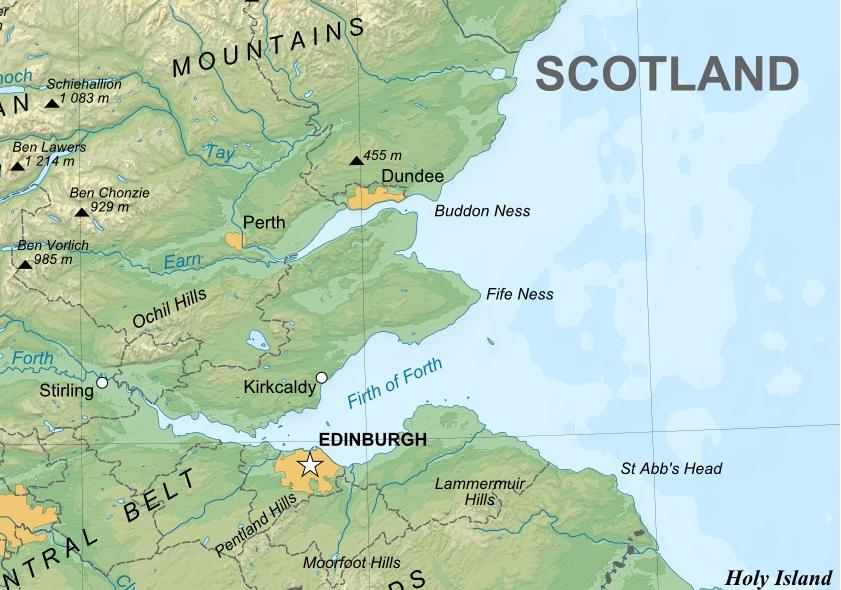Thanks to a grant that Greener Kirkcaldy has secured from the University of St Andrews Community Fund, we’re holding some workshops in Fife. Here’s when and where you can find us.
Workshops in Fife


Thanks to a grant that Greener Kirkcaldy has secured from the University of St Andrews Community Fund, we’re holding some workshops in Fife. Here’s when and where you can find us.

We held a very enjoyable lunchtime slot at the Glasgow City Heritage Trust yesterday, talking to a mix of professionals and people who manage heritage community buildings about planning building changes to serve the community better and reduce energy waste at the same time. During it, the question came up – do the “hedgehog” brushes […]

We always enjoy catching up with our contacts, and this week one had an interesting suggestion: getting free heat by hosting a small data centre.

We look very quiet, but we’re not – we’ve just not been good about talking about our activities. Here’s what’s going on.

If you run a community building in Clackmannanshire or a Scottish Episcopal Church anywhere in Scotland, and you want to save energy in your building, we have a workshop coming up for you.

Venues are sometimes puzzled when we suggest they consider wiring a connection point for an emergency generator to their building. Here’s why.

Now that we’ve proved our basic concept works, Surefoot says it’s time for us to become an independent organisation. We have some decisions to make, especially about our mission and whether to be guided by a membership.

On Saturday, we were privileged to be asked by the Argyll and Bute Climate Action Network to run a face-to-face HeatHack workshop. Here’s what went on.

Some of the churches in our programme ganged together to nominate Jean for a Church Times Green Award, and she won it! Here’s what it means for us.

This heating season, we’ll be working with five listed churches in Glasgow on a special project that will help them check their heating controls, but also help us improve our advice for everyone. We’re very grateful to the Glasgow City Heritage Trust for the support that lets us take this work on.